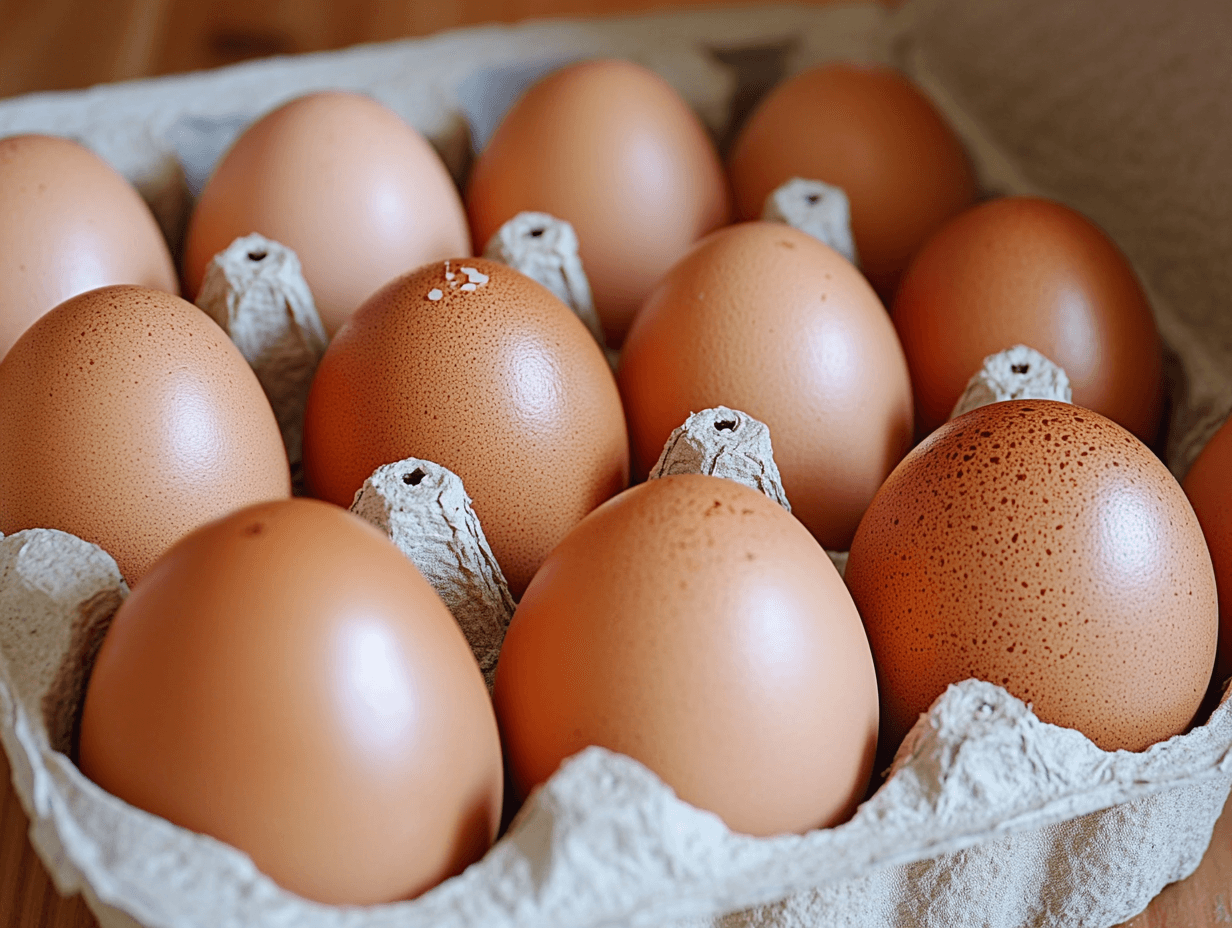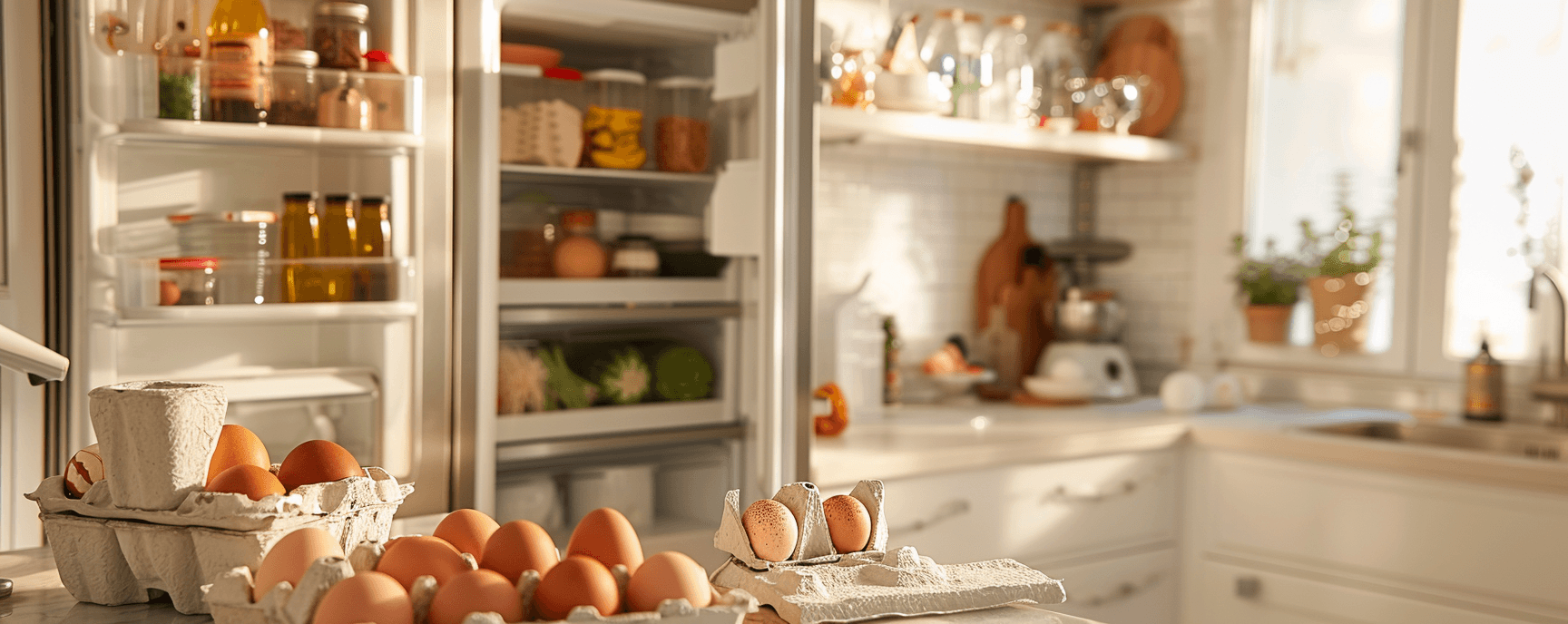Why is it important to clean strawberries before eating them?
Strawberries are delicious and healthy fruits, but they can also be exposed to contaminants during cultivation and transportation. Common risks include pesticides, bacteria, and dirt that may adhere to the fruit's surface. Consuming unwashed strawberries can lead to health issues, such as stomach infections or food poisoning.
Cleaning strawberries before eating them not only reduces these risks but also allows you to fully enjoy their fresh and natural flavor. By removing any residue or contaminants, we ensure that each bite is safe and healthy for the entire family, making this step essential before consuming them.

Tips before cleaning strawberries
To keep strawberries fresh and safe for consumption, it’s important to follow some basic tips. These steps help preserve the quality of the fruit and ensure the strawberries are clean and free of contaminants when ready to eat.
- Do not wash strawberries until you are ready to cook or eat them. Prolonged contact with water can soften strawberries and cause them to lose freshness faster. Also, any residual moisture can encourage mold growth, shortening their shelf life.
- Wash your hands thoroughly before handling any fruit. This basic hygiene practice is crucial to prevent the transfer of bacteria and other microorganisms from your hands to the strawberries. Make sure to wash with soap and water for at least 20 seconds before touching any food.
- Immediately discard strawberries that are moldy or bruised. Damaged berries not only look and taste bad, but they can also contaminate healthy strawberries. Mold can spread quickly among the fruits, so it’s best to remove affected strawberries as soon as possible.
- Do not wash fruits and vegetables with soap, detergent, or commercial products. These products are not designed for human consumption and can leave harmful residues on the surface of the strawberries. Washing strawberries under running water is sufficient to remove dirt and contaminants.

Simple methods for washing strawberries: Which is the best?
There are several methods for washing strawberries, each with its own advantages and disadvantages. The primary goal is to remove any dirt, pesticides, or microorganisms that may be present on the fruit’s surface. Below are some of the most common methods and which one is recommended to ensure clean and safe strawberries.
How to wash strawberries with water
This is the simplest and quickest method for cleaning strawberries. It involves rinsing the strawberries under a cold stream of running water for about 20 to 30 seconds. It’s important to use cold water to help maintain the fruit's firmness. While rinsing, gently rotate the strawberries with your hands to ensure all surfaces are cleaned and any surface dirt is removed.
After rinsing, place the strawberries on a colander or a perforated container to allow the excess water to drain completely. This method is ideal when you need to prepare strawberries quickly for consumption. However, it may not remove all pesticides or bacteria, so it is recommended for strawberries that will be eaten immediately or if you are sure they are organic.

How to clean strawberries with vinegar
Vinegar is an excellent option for disinfecting strawberries and removing pesticides more effectively. For this method, mix one part vinegar with three parts water in a large container. Place the strawberries in the solution and let them soak for 5 to 10 minutes. Vinegar acts as an antimicrobial agent, helping to kill bacteria and remove chemical residues.
After the soaking time, remove the strawberries from the vinegar solution and rinse them well under cold running water to remove any residual vinegar taste. This step is crucial to ensure that the strawberries don’t have an unwanted acidic flavor. Finally, let the strawberries dry completely before consuming or storing them. This method is especially recommended for non-organic strawberries.

How to clean strawberries with salt
Salt is another natural method that can be used to clean strawberries, especially to remove small insects and dirt. To clean with salt, dissolve a tablespoon of salt in a liter of water in a large container. Place the strawberries in the solution and let them soak for about 5 minutes. The salt helps dislodge any insects or dirt that may be adhered to the surface of the strawberries.
After soaking, remove the strawberries and rinse them well under running water to eliminate any salt residue. This step is important to ensure that the strawberries do not retain a salty taste. Be sure to dry them well before consuming or storing them in the refrigerator. This method is useful if you notice that the strawberries have more dirt than usual or if you prefer a more natural cleaning method.

How to clean strawberries with baking soda
Baking soda is known for its cleaning and deodorizing properties, and it’s also effective for cleaning strawberries. To use this method, dissolve a teaspoon of baking soda in a liter of water. Place the strawberries in the solution and let them soak for about 10 minutes. Baking soda helps neutralize chemical residues and clean any impurities on the surface of the strawberries.
Once soaking is complete, it is essential to rinse the strawberries thoroughly under cold running water to remove any trace of baking soda. This rinse ensures that the strawberries do not have an unusual taste or residues that could alter their natural flavor. Finally, dry the strawberries well before consuming or storing them. This method is ideal if you seek a deeper cleaning, especially for non-organic strawberries.

How to dry strawberries
Properly drying strawberries after washing them is a crucial step to maintain their freshness and prevent them from spoiling quickly. Once the strawberries have been washed using any of the methods mentioned above, it’s important to ensure that they are completely dry before storing them. Residual moisture on the strawberries can lead to mold growth and cause them to deteriorate faster.
To dry strawberries, start by placing them on a colander or a rack to allow excess water to drain. Then, place the strawberries in a single layer on paper towels or a clean kitchen cloth. Let the strawberries air dry for a few minutes. If you need to speed up the process, you can use a second cloth or paper towel to gently pat them dry, pressing without crushing the fruit. Avoid rubbing the strawberries, as this could damage their delicate surface.

How to store strawberries after washing
After completely drying the strawberries, the next step is to store them properly to extend their freshness and flavor. Correct storage of strawberries is essential to prevent them from spoiling quickly, as these fruits are very delicate and prone to developing mold if not stored properly. Keeping them dry and well-ventilated is key to ensuring they remain fresh for longer, especially if you plan to consume them in the next few days.
Once the strawberries are completely dry, place them in a container lined with paper towels to absorb any residual moisture. It’s important that the strawberries are in a single layer within the container, avoiding piling them up, as this could crush them and accelerate their deterioration. Make sure to cover the container with a loose lid or plastic wrap with holes, which will allow air circulation and prevent moisture build-up, which is the main factor that contributes to mold growth.

How long do strawberries last?
Fresh strawberries that have not been cleaned can last a bit longer in the refrigerator, especially if stored in their original container or in a container that allows air circulation. Generally, unwashed strawberries can stay fresh for five to seven days, depending on their freshness at the time of purchase. It is recommended to check them daily and discard any strawberry that begins to show signs of mold or spoilage to extend the shelf life of the others.
After cleaning strawberries, their shelf life slightly decreases due to the residual moisture that can accelerate the deterioration process. Once washed and properly dried, strawberries typically last between three and five days in the refrigerator. To maximize their freshness, it’s important to store them in a container lined with paper towels, which absorb moisture, and ensure they are well ventilated. Daily checks are key to detecting and removing spoiled strawberries in time.








